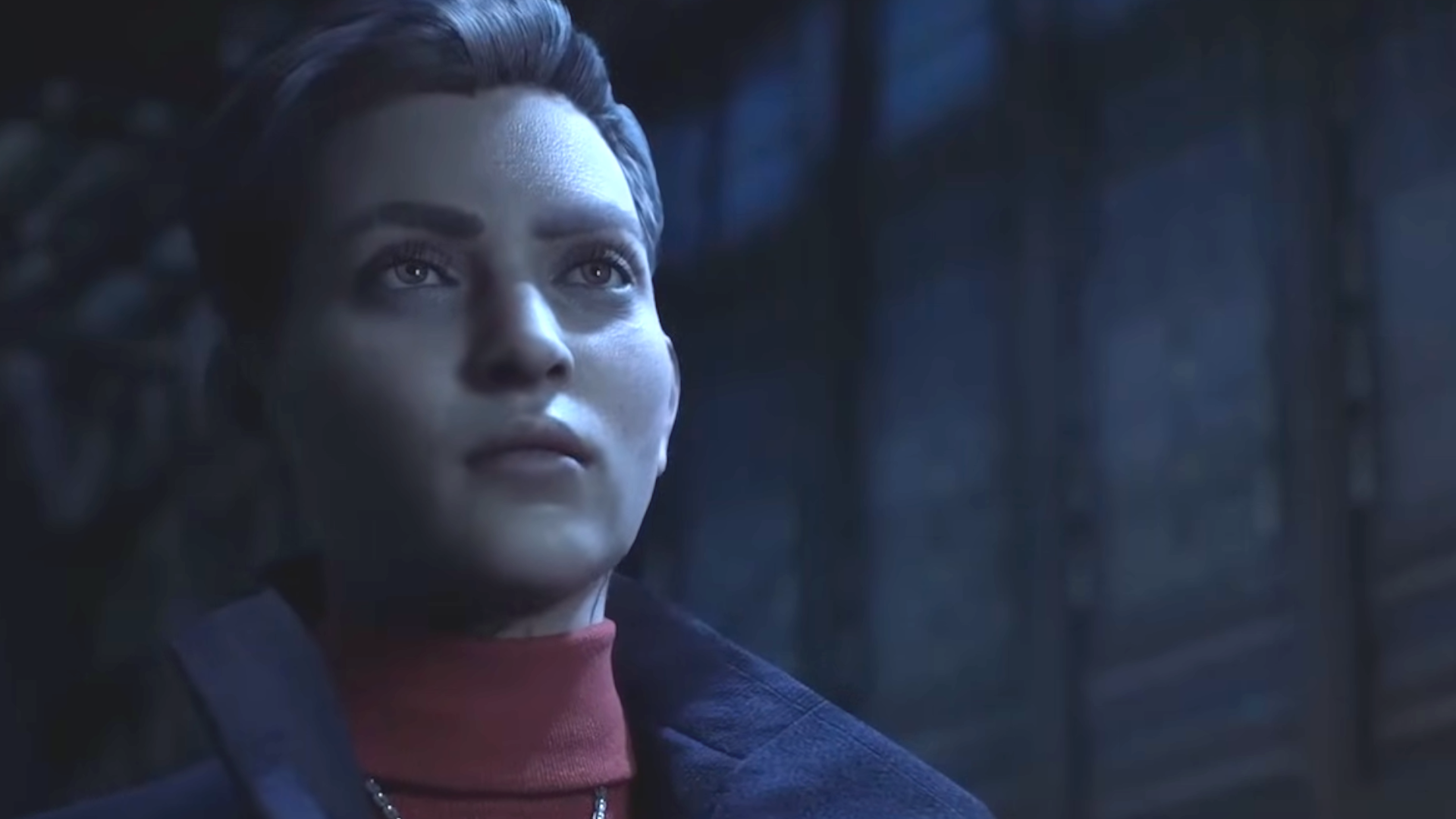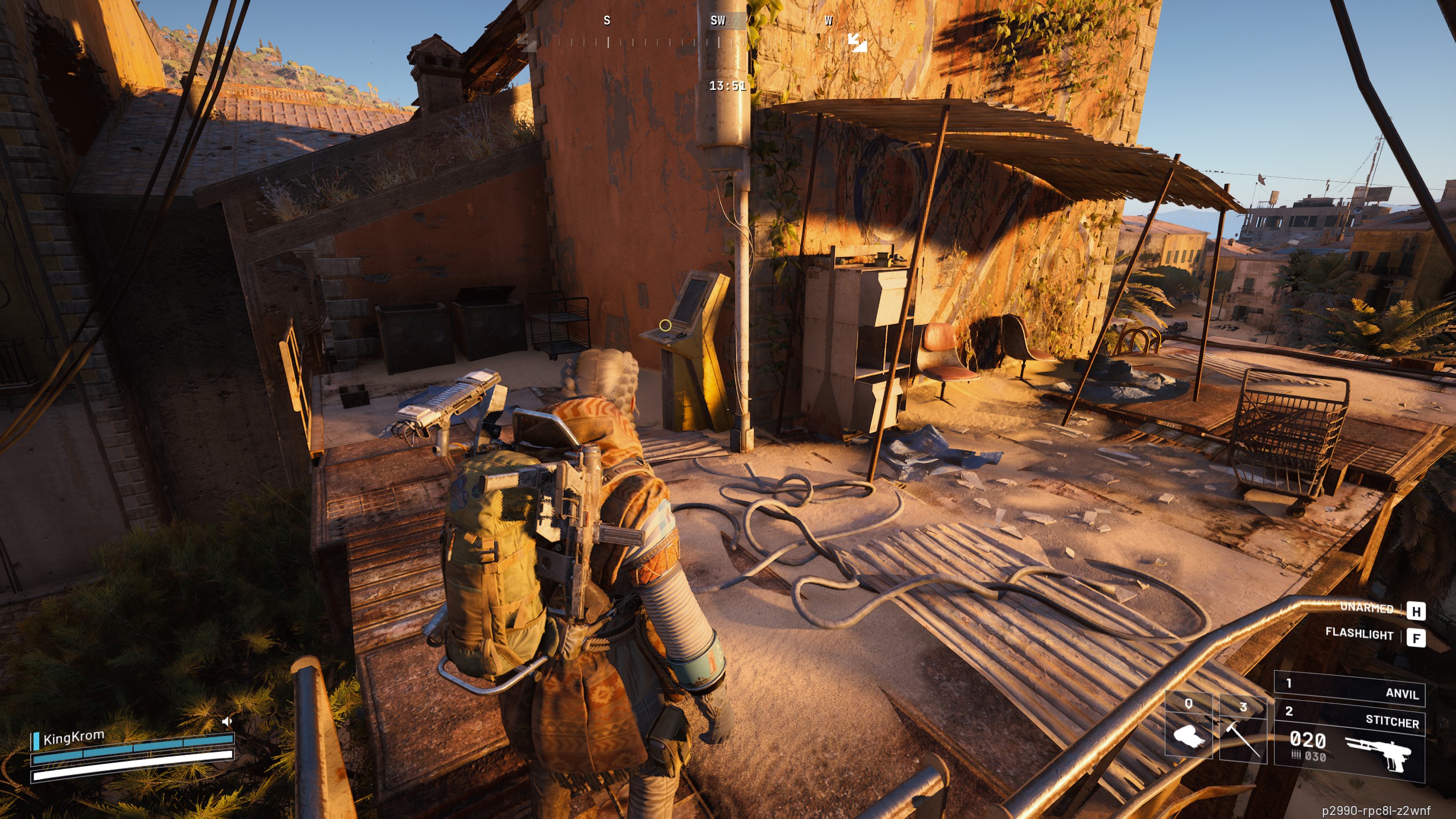Vampire: The Masquerade – Bloodlines 2 seeks to take inspiration from Baldur’s Gate 3’s narrative design, as well as its tabletop roots

Heavy hangs the crown of expectation. Vampire: the Masquerade – Bloodlines 2 is a sequel to the 2004 cult classic RPG by the now-buried Troika Games, and it has a lot to live up to. It needs to fight off the first game’s powerful air of nostalgia, while also stepping into the daylight during an outstanding year for RPGs.
I interviewed The Chinese Room (TCR)’s narrative designer Arone Le Bray, who has a lot of experience under his belt. Before TCR, Le Bray was a narrative quality designer at Bioware for nearly 15 years—which means he’s worked on games like Dragon Age: Origins, the Mass Effect series, the whole works.
Far from just feeding on games past, Le Bray says TCR’s been looking towards current games for inspiration. “Sarah (one of our writers) is a huge fan of Baldur’s Gate 3 … we’re looking at how we can borrow aspects [from it], or how we can make sure we’re not taking giant steps backwards in terms of stories.”
Specifically, TCR is looking towards the sheer evolution of RPG narrative Larian Studios put on display earlier this year. “I absolutely classify narrative as an aspect of gameplay,” says Le Bray. “How can we make the player feel like they’ve owned their outcomes? How can we make the player feel like they have the agency we want them to?”
That’s a high bar, considering Baldur’s Gate 3—Gale’s uncanny thirst notwithstanding—has done some staggering things with narrative design. There’s a hitch here or there, but we’re talking about a game which devotes two whole hours of wordage to a single spell. A seasoned studio given a popular licence at the absolute top of its game.
The Chinese Room, however, faces a much steeper wall. For starters, Bloodlines 2 has suffered from an epic tangle of development hell, even changing studios entirely. This is also TCR’s first foray into the action RPG genre, their past games being narrative-focused stuff like Dear Esther and Everybody’s Gone to the Rapture.
Le Bray also says they’ve looked to Vampire: The Masquerade’s (VTM)’s tabletop origins. He mentions wanting to avoid breaking the contract between player and “Storyteller”, VTM’s version of a D&D Dungeon Master. “The tabletop gaming stuff comes in handy, too. Because a lot of VTM is about the storyteller … ‘How do you tell that fun story?’ Ultimately, you’re trying to make sure [your players] are getting the best version of the story you can tell.”
Just to cross-reference, VTM’s latest edition describes the Storyteller’s role in much the same way. “The Storyteller’s primary duty is to make sure the other players have a good time. You do that by telling a good story. Unlike novelists or film directors, however, you don’t simply tell the story from hook to climax.” Open-ended storytelling is a lot easier when you’re sitting around a table conjuring worlds with your words, though—code is far more set in stone.
“For us, it was about looking at Phyre and making sure their character feels believable in this time and setting … ‘is this character acting in a way the player expects that they would act?'” Le Bray later says he wants the player to feel like they’re making decisions in ways that aren’t misleading, earning their outcome.
“We never want to make it feel like the player could make the wrong choice,” says Le Bray, but he also wants “the choices to feel like [they could start] forum arguments. Like, ‘How dare you make choice A, clearly the right thing to do was choice B!'”
We also get talking a little about moral choice in video games, and how a lot of RPGs have moved away from the ‘look at how many good points I have’ Paragon/Renegade systems and into the morally grey—which the VTM tabletop game happily inhabits. “If there’s a clear right and wrong, that’s less interesting to me.”
“This is another way that VTM really helps us as an IP, because one of the first things you learn is that kindred are monsters, you are literally a monster. You have to be a predator to exist … there’s humanity versus ‘the Beast’ in the tabletop game, where you can go closer and closer to hunger, which makes it harder and harder to do the things you want to do.”
Le Bray’s talking about some mechanics enshrined in VTM’s rules—a character’s humanity has a sliding scale. At 10 humanity, you’re a saint, something the book calls rare for humans, “and [for] the vampires who have achieved it even more so.” At 0 humanity, you fall under the sway of the Beast, and your character becomes a ravenous NPC. For Le Bray, that tension is part of the story: “One of the great things about [Phyre] being an elder is that being a human was so long ago … what does it mean to not remember what sunlight feels like?”
“In short, yeah. We’re big nerds and we look at a lot of different things … there are nerds in the team that are super passionate about games, and the elements [from them] that you wouldn’t think would make it into our version.”
I don’t think Bloodlines 2 is going to be another Baldur’s Gate 3, obviously, even if the tasks involved creating both—like translating tabletop storytelling to the digital world—are similar. The Chinese Room just doesn’t have the same access to the resources. I am curious, though, to watch it tackle those challenges in its own way. I wonder if we’ll feel that DNA from the RPG greats when this long-overdue sequel rises from the grave.




